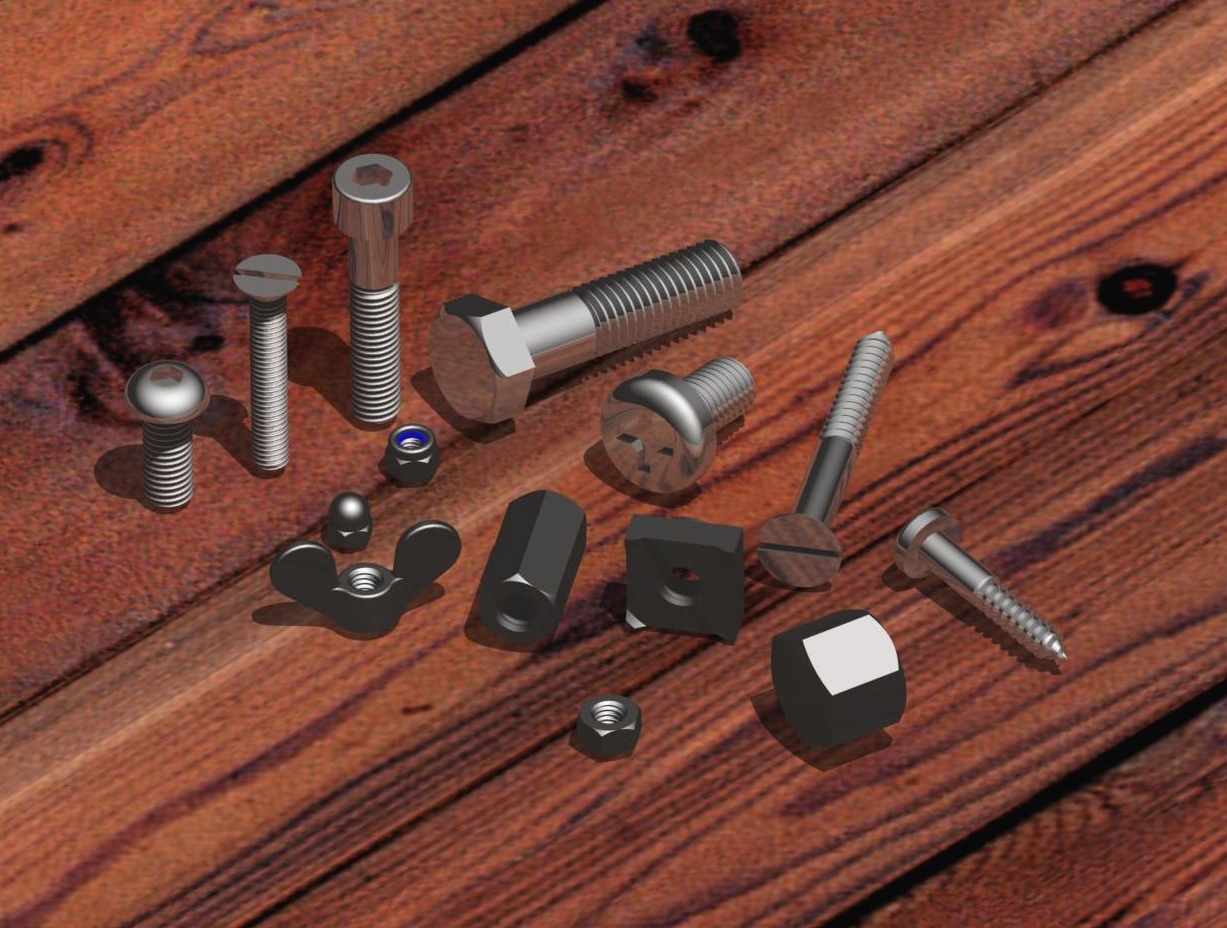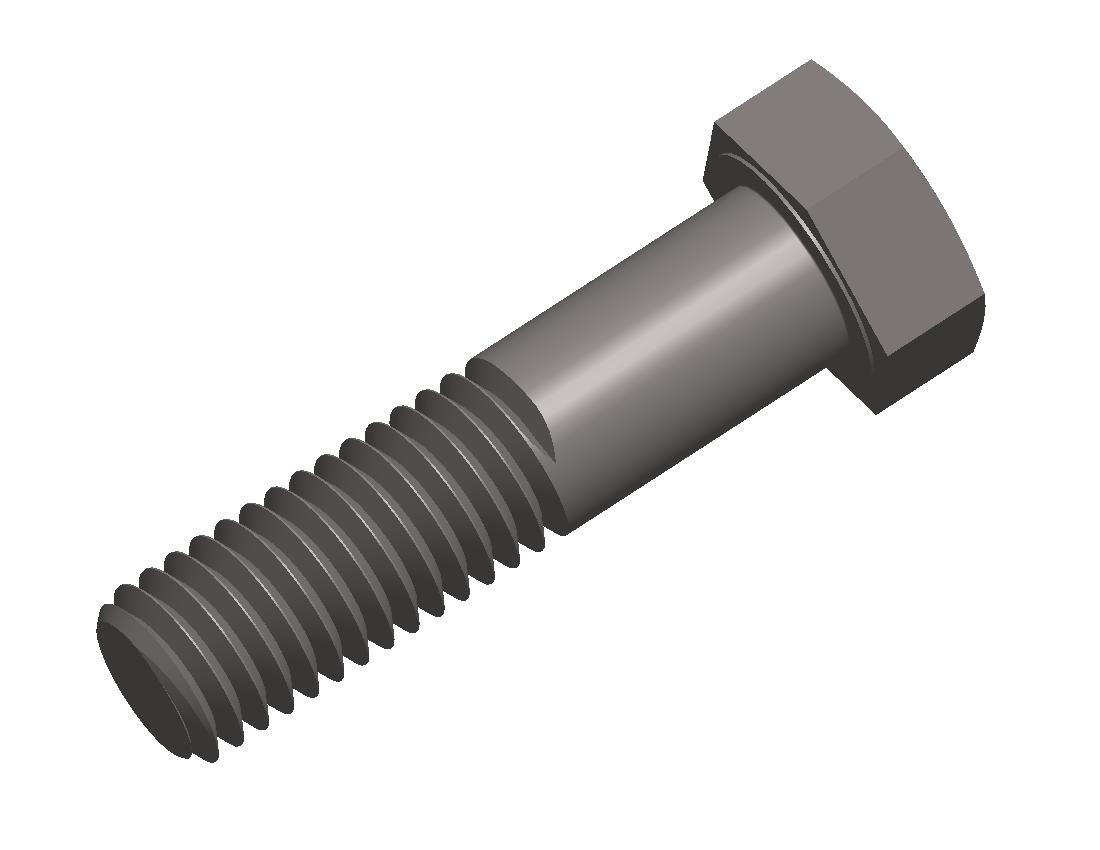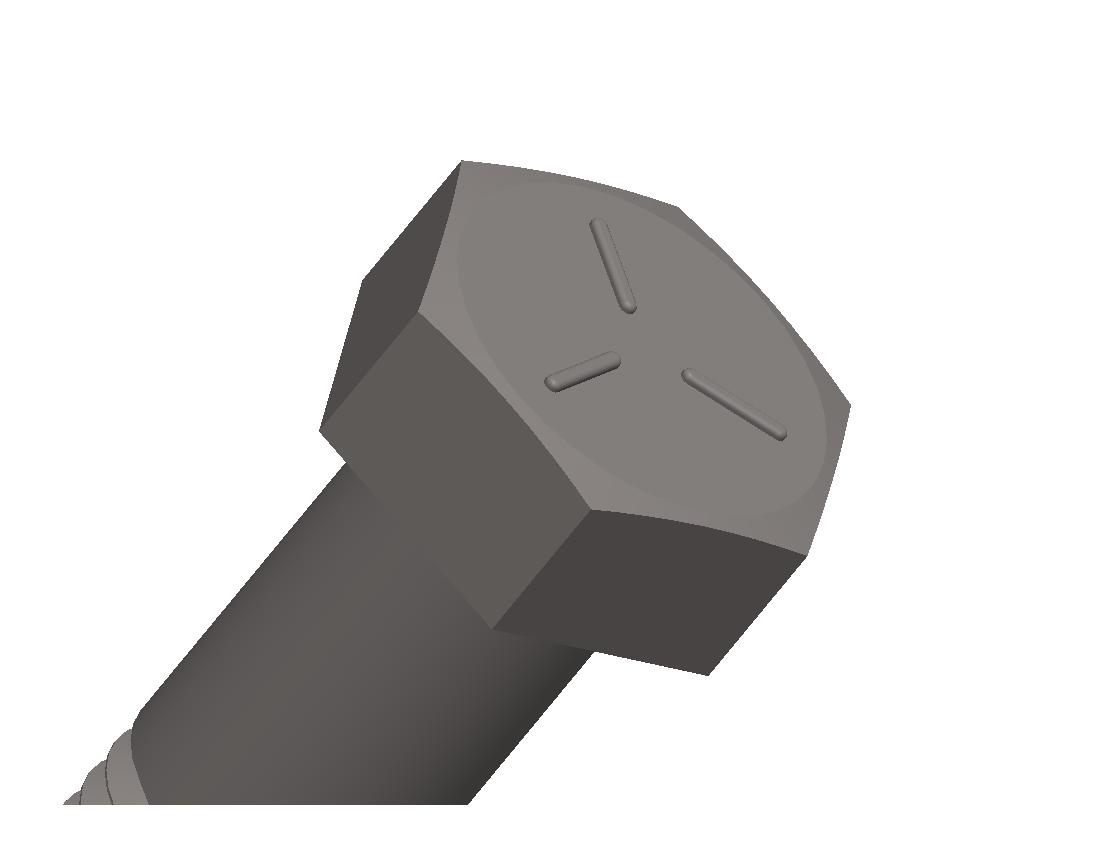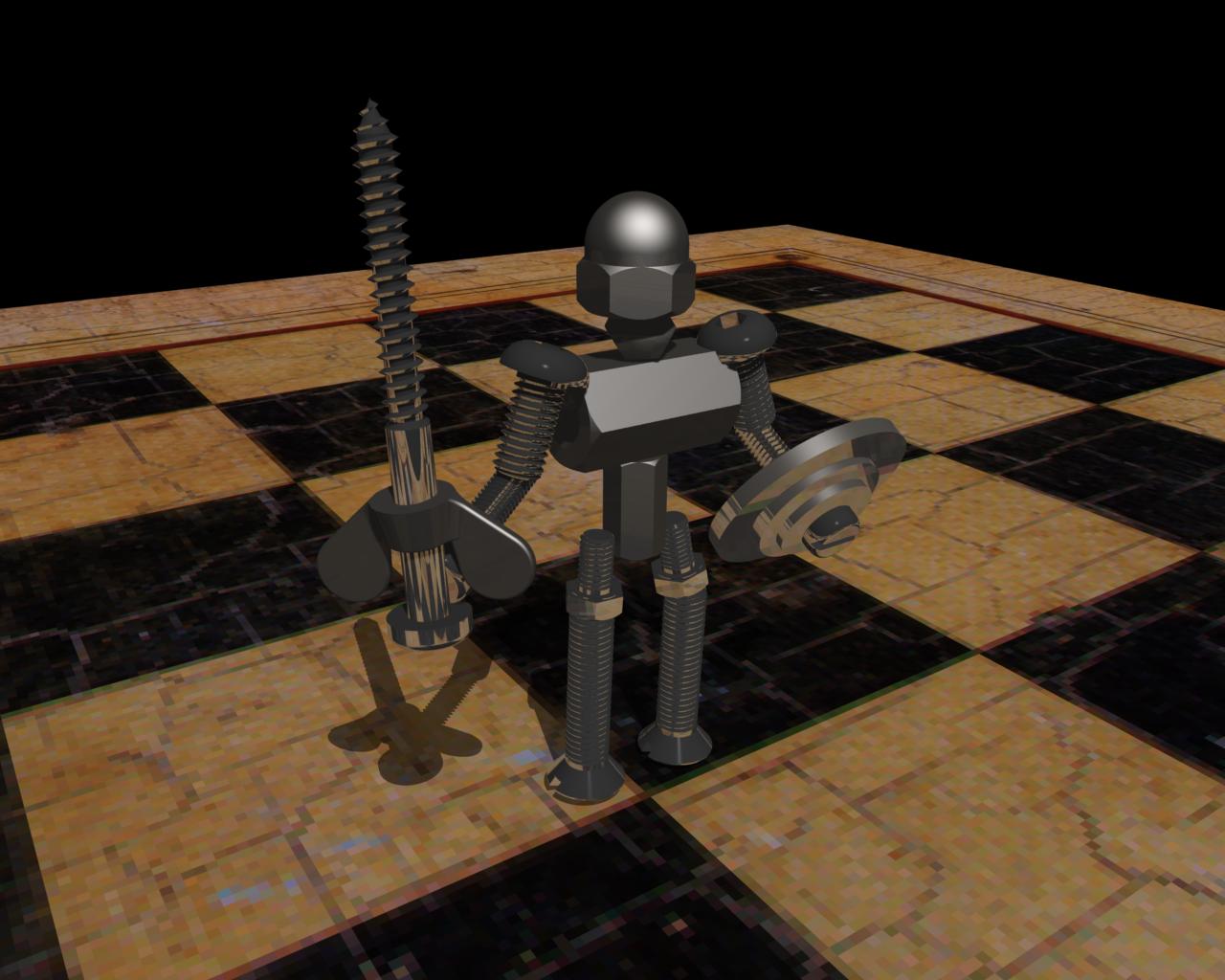We are aware of an issue causing pages to load incorrectly for some users and expect a fix soon. Sorry for the inconvenience.
- Community
- Creo (Previous to May 2018)
- Creo Modeling Questions
- Re: Fasteners, Spacers and Washers
- Subscribe to RSS Feed
- Mark Topic as New
- Mark Topic as Read
- Float this Topic for Current User
- Bookmark
- Subscribe
- Mute
- Printer Friendly Page
Fasteners, Spacers and Washers
- Mark as New
- Bookmark
- Subscribe
- Mute
- Subscribe to RSS Feed
- Permalink
- Notify Moderator
Fasteners, Spacers and Washers
Hello Creo Users!
I was curious if anyone had designed fasteners like nuts and bolts or even stuff like spacers and washers. If you're willing to share I'd [and I'm sure other members as well] be very interested in seeing your designs. The more unusual the better.
Feel free to embed/attach them in your reply here or upload them into a photo album.
Looking forward to seeing some creative uses.
-Dan
Solved! Go to Solution.
Accepted Solutions
- Mark as New
- Bookmark
- Subscribe
- Mute
- Subscribe to RSS Feed
- Permalink
- Notify Moderator
Hard to imagine having fun creating large library of nuts an bolts![]() over long period of time.
over long period of time.
I had made screw and nut family table parts and squized as much DIN/ISO standards in those two. Ive created it basicly to make my life easier because all library parts i could get my hands on where with either cosmetic thread or with parameters which were not compatible with my company drawing tables.Not to mention having to translate parameters that could be used to our language from those library parts.
We gona probably soon let ppl download them from our website so others can use them too.

- Mark as New
- Bookmark
- Subscribe
- Mute
- Subscribe to RSS Feed
- Permalink
- Notify Moderator
Dan,
Has anyone designed these things? Probably most of us have. Also, nowadays, folks use libraries that have already been created for them within their organizations or from vendors. Years ago, around Rev. 16 I did a contract job to create a Family Table library of all of a company's fasteners including castle nuts and other odd things. Anyway, for the fun of it, here's a bolt.

A couple of tricks to make it more realistic. (1) Put an appropriate chamfer on the end of the bolt
before creating the Helical Sweep which generates the thread. (Cut highly preferable to Protrusion.)
(2) Sketch a 60 degree triangle for the thread section beyond the end of the bolt so it will easily cut
through the chamfer. (Use Mirror in Sketcher to make this easier.) (3) Use the abrupt flat end of the
cut as a sketching plane and Use Edge to capture its triangular shape, add a Centerline at some
distance away from the bolt axis and then create a Revolved Cut to feather the thread more naturally.
For what it's worth.
David
- Mark as New
- Bookmark
- Subscribe
- Mute
- Subscribe to RSS Feed
- Permalink
- Notify Moderator
Oh, and for the head chamfer you can use either of two techniques. (1) Create a hex head, then
add a revolved cut for the chamfer, or (2) Create a cylindrical head, use a regular D1XD2 Chamfer, then
a hex cut.

- Mark as New
- Bookmark
- Subscribe
- Mute
- Subscribe to RSS Feed
- Permalink
- Notify Moderator
Is it sort of a lost art that many take for granted since libraries exist? Maybe this would be fun for hobbyists then with crazy/unusual applications
- Mark as New
- Bookmark
- Subscribe
- Mute
- Subscribe to RSS Feed
- Permalink
- Notify Moderator
Hard to imagine having fun creating large library of nuts an bolts![]() over long period of time.
over long period of time.
I had made screw and nut family table parts and squized as much DIN/ISO standards in those two. Ive created it basicly to make my life easier because all library parts i could get my hands on where with either cosmetic thread or with parameters which were not compatible with my company drawing tables.Not to mention having to translate parameters that could be used to our language from those library parts.
We gona probably soon let ppl download them from our website so others can use them too.

- Mark as New
- Bookmark
- Subscribe
- Mute
- Subscribe to RSS Feed
- Permalink
- Notify Moderator
Davor,
Fun in regards to creating individual (and very unusual) fasterners as a hobby. Creating entire libraries; certainly not fun.
You hit the nail on the head [no pun intended]. Library parts were not compatible with your company, so you had to design your own set. I assume similar organizations have the same issues and have designed them for in-house use.
Great family table of parts there
- Mark as New
- Bookmark
- Subscribe
- Mute
- Subscribe to RSS Feed
- Permalink
- Notify Moderator
Here is mine Chess for Engineers ![]()


Vladimir Palffy
- Mark as New
- Bookmark
- Subscribe
- Mute
- Subscribe to RSS Feed
- Permalink
- Notify Moderator
Hello evryone,
Since we are on the fasteners (nuts and bolts) subject, Has anyone used Machanism applys to bots and nuts to make them turn???
DV
- Mark as New
- Bookmark
- Subscribe
- Mute
- Subscribe to RSS Feed
- Permalink
- Notify Moderator
Once, for fun.But after 10-20 turns trying to position nut on screw i lost all interest. You can create tiny extender mechanisms with 2 nuts and screw or screw and long connection nut.
Since Vladimir started with chess theme, here is my contribution:
knight to f3 ![]()

- Mark as New
- Bookmark
- Subscribe
- Mute
- Subscribe to RSS Feed
- Permalink
- Notify Moderator
Try these: A quick and dirty Tri-lobe screw and a Smalley "multi-level" wave washer I did for fun. didn't bother to get fancy on the rendering as the wave washer I did about 12 years ago. And, yes, that's perfectly cylindrical on both ID and OD (unlike if you used points to define the trajectory curve) and is created using a single trajectory. The bottom pic is a sink drain part I did in '96 when I first learned Pro/E. It's brass tubing where the thread is rolled into the tubing, so there's a threadform on both the ID and OD. Pro/e is good at removing or adding material, but not about displacing it. ![]()
- Mark as New
- Bookmark
- Subscribe
- Mute
- Subscribe to RSS Feed
- Permalink
- Notify Moderator
This is all well and good, but as I've been finding out with Windchill, it wants to pull down the whole damn table into your Workspace. Unlike Intralink, which was much better at only pulling the instance you want plus the generic. It's to the point that some of the Senior Engineers here want to do away with the use of family tables. I oppose that, but see their point.
- Mark as New
- Bookmark
- Subscribe
- Mute
- Subscribe to RSS Feed
- Permalink
- Notify Moderator
Frank,
The behavior you are describing for PDMLink is a preference setting. Try setting Include related Family table objects to none. You will only get the generic and instance. Naturally changes to the family table will not be possible unless you download the entire table.
Ron Grabau
- Mark as New
- Bookmark
- Subscribe
- Mute
- Subscribe to RSS Feed
- Permalink
- Notify Moderator
That works in theory. I see that the tables STILL get pulled down, unfortunately.

